.
livello elementare
.
ARGOMENTO: GEOPOLITICA
PERIODO: XXI SECOLO
AREA: OCEANO INDIANO
parole chiave: Caso Lexie, marò
.
The Enrica Lexie / Italian Marines Event – India vs Italy – Inconsistencies analysis of an Indian-Italian legal saga
.
Forward
On 15 February 2012 an event took place off the Western coasts of India, inside the United Nations (UN) defined High Risk Area for piracy. This event will probably sparkle next years discussions on maritime legal aspects. Apparently, at about 16:30, local time, two Italian Marines, members of a military Vessel Protection Detachment (VPD) embarked aboard the Italian flagged oiler Enrica Lexie in transit from Singapore to Djibouti, fired warning shots in direction of a small boat, which they assumed to be a pirate’s vessel attempting a boarding maneuver against the oiler.
About five hours later (around 23:30) the Indian fishing boat St.Antony moored at Neendakara (Kerala, South-Western coast of India) with on board two sailors killed by firearms shots. The killing had been already known since a couple of hours (21:30) and the Lexie had already been contacted by the Indian Coast Guard and requested to cooperate to the identification of pirates held in custody in Kochi (Kerala), India.
Italian Navy marines Latorre and Girone imprisoned in India
The Italian oiler, after being granted by her national authorities, proceeded to port, where the Indian authorities started inquiring its crew and the VPD members. Five days later, two Italian Marines, CPO Latorre (head of the VPD) and Girone were arrested and held in custody in India as suspected of having killed the two Indian fishermen.
This event started a diplomatic row between India and Italy on who is entitled to trial the two military men. A couple of follow-up relevant events are worth to mention. One is the payment by Italy of a solidarity contribution to the families of the killed fishermen. The other is the granting, by the Indian authorities, of a leave to allow the two Marines to spend a short period in Italy for voting at political elections, with the promise, by the Italian Ambassador in New Delhi, that they would return back right after. At the end of such leave the Italian Government initially stated that the two would not go back, justifying the behavior with the fact that India had Capital Law in force (which is in contrast with extradition allowances by the Italian Constitution); the Indian retaliation consisted in imposing the Italian Ambassador not to leave the country. After a few days the Italian Government changed attitude and the two marines where sent back to India. Diplomatic discussions over jurisdiction continued for over three years, with no apparent result. Italy, consequently (2015), decided to submit the case to the International Tribunal of Law of the Sea (ITLOS).
Remarks
This script is neither a discussion about the guilt or innocence of the two marines or the behavior of the national and international bodies involved, nor a criticism on the actions carried out by the various actors. It strives, instead, to be a way to bring the attention on some inconsistencies. It is broadly based on open source information (media and reports) and on existing treaties and conventions, mainly the United Nations Convention on the Law of the Sea (UNCLOS, 1982) and the Wien Convention on Diplomatic Relationships (1961).
Facts and Theories
In order to use a consistent language, I consider facts the events that are undisputed by both Countries. These are:
1) The two marines have fired in direction of a boat;
2) The event happened at about 16:30 local on 15 February 2012, about 20.5 nautical miles (NM) off the Indian coast;
3) The Indian fishing boat St.Antony arrived at 23:30 at Neendakara;
4) Two sailors aboard the boat were dead, killed by firearms.
These are facts the rest are only theories.
Inconsistencies
In the following paragraphs some inconsistencies over legal interpretation, witnesses’ reports and interpretations will be discussed. Again, they are based on open sources, mainly newspaper articles, so the subsequent analysis is carried out assuming that the information is correct.
As mentioned, the event occurred at 20.5 NM off the Indian Coast. This means (ref. UNCLOS) outside the Indian territorial waters (up to 12 NM from the coast) and within the Indian Contiguous Zone (CZ, 24 NM) and Economic Exclusion Zone (EEZ, 200 NM). It is worth to mention that in accordance with UNCLOS Art.2 the Coastal State has full sovereignty only over its territorial waters and airspace. There are further jurisdictions the coastal State enjoys in the CZ, but they are meant to prevent infringement of its customs, fiscal, immigration or sanitary laws and regulations within its territory or territorial sea and punish the infringement of the above laws and regulations committed within its territory or territorial sea (Art.33). In the EEZ they are related to the exploitation of marine resources in the EEZ.
Nothing gives the Coastal State the authority to have criminal jurisdiction on a foreign vessel if the event has been committed outside its territorial waters, even if it enters them, later on (Art.27) and the inquiry should be made by the Flag State (Art.92, 94 and 58). So it seems very clear that in accordance with UNCLOS India cannot legally have jurisdiction over the case.
Then why does India claims jurisdiction? Perhaps the answer lies in a questionnaire the IMO (International Maritime Organization, a UN agency) submitted to the Indian Authorities in relationship to the event. The answer is pretty clear and indicates that India considers the legal status of its EEZ to the same extent as its territorial waters, for what security is concerned. If confirmed, this is in contrast with UNCLOS, a convention that both India and Italy have ratified.
It is also worth considering two interesting reservations these Countries made upon ratification of UNCLOS, one opposite to the other. As you can note, the Indian position is that military exercises or maneuvres are not automatically authorized within the EEZ, while Italy opposes such position. Personally I consider the Italian position as closer to the spirit of UNCLOS, which in its entire text strives for the freedom of navigation on the seas, with some restriction that do not include the Indian claims. However, even assuming that the Indian position is not totally wrong, this relates to exercises or maneuvers. Of course the Italian VPD mission was not an exercise. Was it a maneuver? I don’t think so: military maneuvers, in glossaries, are defined as those carried out to place the own forces in an advantage position over the enemy. This implies an active posture, which is not the case of a VPD, tasked to act only for self-defense (of the protected vessel), which is a reactive posture, instead.
 Further contradictions can be clearly noted in the (Italian) claim and (Indian) refusal of applying the so called “functional immunity” for military personnel: the principle is that military personnel acts following the orders received by its Government and it is the Government itself the body which is responsible vs. third parties about the orders are carried out and how they are carried out.
Further contradictions can be clearly noted in the (Italian) claim and (Indian) refusal of applying the so called “functional immunity” for military personnel: the principle is that military personnel acts following the orders received by its Government and it is the Government itself the body which is responsible vs. third parties about the orders are carried out and how they are carried out.
 India, which has obtained it in a case occurred some years before in the Congo territory, admits that it can be granted, but only for facts occurred in its national territory, while the Lexie event has occurred outside. All clear, at least from the Indian point of view? Not exactly, as a previous statement indicates something very different, that is to say that the event has occurred within its territory (see pictures below). Accordingly, it seems that from India’s point of view, its jurisdiction is legal, because the fact has occurred inside the Indian territory, but the functional immunity cannot be granted because the fact has occurred outside the Indian territory. It is evident that such positions are in contrast with each other.
India, which has obtained it in a case occurred some years before in the Congo territory, admits that it can be granted, but only for facts occurred in its national territory, while the Lexie event has occurred outside. All clear, at least from the Indian point of view? Not exactly, as a previous statement indicates something very different, that is to say that the event has occurred within its territory (see pictures below). Accordingly, it seems that from India’s point of view, its jurisdiction is legal, because the fact has occurred inside the Indian territory, but the functional immunity cannot be granted because the fact has occurred outside the Indian territory. It is evident that such positions are in contrast with each other.
Event
Other inconsistencies are found analyzing the available statements of the actors and witnesses. It seems confirmed that about 20 rounds were shot by the Italian marines, who claimed having fired in the water, across the bow of an approaching fishing boat-like vessel with armed personnel aboard, and which characteristics did not match those of St. Anthony; the vessel had approached the Lexie notwithstanding the previous visual and audio warnings (in accordance with the IMO’s Rules for the Use of Force). The same is also reported by the “extra” skipper of Lexie (Mr. Noviello), who was on the bridge at 16:30, when the action took place.
The St. Antony skipper (Freddie Bosco), interviewed by some Indian televisions immediately after having returned back to Neendakara, instead talks about a big explosion sound, followed by about two minutes of continuous fire. It should be noted that the explosion sound could be an explosive warning pyrotechnics that other VPD are equipped with, but not the Italian ones, and that 20 rounds fired by the Italian weapons last just a few seconds, not two minutes. A further inconsistency comes from the statement by Bosco, during the same interview, that the event had occurred around 21:20 (or 21:30 according to other translations and the same time is confirmed by Bosco also when queried by a journalist asking if it had not happened at 16:30, instead. But then it becomes 16:30 in his official report, which matches perfectly with the time reported by Lexie. Furthermore, different statements are released by the St. Antony’s skipper about the position where the event occurred during different press interviews: inside the territorial waters at first, then in other two different positions along the Lexie track, but none of which match the oiler’s position at 16:30.
Autopsy
Apparently contradicting elements also come from the autopsy reports. A leaked initial report indicated that the bullets found in the St.Antony and on the dead fishermen had caliber 7.62, which is inconsistent with the 5.56 caliber used by the Italian Navy. But then the official report stated that the caliber is 5.56, while a further recent document deposited by India at the ITLOS seems to indicate again a 7.62 caliber, which would lead to a full discharge of the two Italian marines. Interesting to note that the Italian authorities were not allowed to witness the autopsy. They were, instead, invited to attend, as observers, the ballistic tests carried out with the Italian VPD’s weapons confiscated days before on board the Lexie: the shots fired during the ballistic test were then compared with those presented by India as the result from the autopsy, and they matched, but:
a) nobody from the counterpart (Italy), of course, can officially confirm that the comparison shots are really those coming from the autopsy (not being allowed to be present) and have not been shot after it, and used to replace the original ones;
b) a leaked Italian Navy official report states that the ballistic test shots match Italian firearms, but those assigned to two different marines;
c) the St.Antony has not been preserved by India as a body of evidence: it has been left to sink in port, and is practically not recoverable to be used such a way. Similarly the corpse of the two dead fishermen cannot be further examined: regrettably they had been buried short after the autopsy.
Further considerations stemming from Italian ballistic experts would also show possible incompatibilities of the (eight) shots observed on pictures of the boat with the likely trajectories, considering the firing height (Lexie bridge’s wing), and with the damage suffered by the two dead fishermen and the firing distance (around 500 m and less, according to what stated by the witnesses), which would possibly lead to either a projectile bounce on the sea surface (implying a mere accidental mishap) or a greater firing range (a completely different incident).
International interactions
In on one hand it needs to be recognized the excellent sensitivity of India in conceding the possibility to use good accommodations in India (at the Italian Embassy) and leaves to the two Marines in case of political elections and, recently for health reasons (as a matter of fact CPO Latorre is now in Italy, recovering from a medical treatment). It also needs to be considered that the Italian act of giving the Indian dead fishermen’s families a solidarity contribution opens discussion on if this should be considered instead as like admitting a guilt, a bribe attempt, a covert agreement ended bad, or a trap. On the other hand we must observe that in occasion of the aforementioned Italian statement of not sending back the two marines, India, instead of recurring to the instrument of persona non grata and expel the Italian Ambassador (as foreseen by the Wien Convention), limited his movements within the Country, de facto violating the provision of Diplomatic Immunity. We can discuss if this was an arrogant behavior or an awkward attempt not to exacerbate the situation with an expulsion. It is, however, unprecedented between two Nations that are traditionally friendly to each other.
It must also be remembered that the Lexie was led to proceed to Kochi, India officially to cooperate with national authorities in identifying pirates, but this was obviously a trap that became clear only when the ship, already on its way to the Indian port, was “escorted” by Indian Coast Guard air and naval assets. A behavior which is inconsistent with a ship voluntarily directing as requested.
Conclusions
Nothing in my possess, can prove with an upmost degree of certainty that the two marines are guilty or innocent of the possible manslaughter of the two Indian fishermen. This should be the result of a trial that in my opinion should be held by Italy, in cooperation with India (in accordance with UNCLOS). Based on the elements presented, my feeling is that the Lexie event, with its complexity and such a number of inconsistent aspects (as evidences) is going to be one of those cases which will be remembered and debated long after its conclusions. Not to be underestimated are also the implications that its extant might cause to subsequent interpretations of UNCLOS and international consuetudinary laws, as they could lead to possible restrictions of the freedom of navigation and open a debate about the status of military personnel operating abroad or in international waters. On the India vs. Italy diplomatic row I strongly hope that their mutual relationships are normalized soonest, as further exacerbations are not proper of countries having respectful naval and international traditions.
Fernando Cerutti
Una sorpresa per te su Amazon Music unlimited Scopri i vantaggi di Amazon Prime
Alcune delle foto presenti in questo blog possono essere state prese dal web, citandone ove possibile gli autori e/o le fonti. Se qualcuno desiderasse specificarne l’autore o rimuoverle, può scrivere a infoocean4future@gmail.com e provvederemo immediatamente alla correzione dell’articolo
,
- autore
- ultimi articoli
Contrammiraglio in congedo della Marina Militare italiana (riserva) con grande esperienza operativa a bordo di fregate e cacciatorpediniere. Durante la sua lunga carriera ha prestato servizio in Comandi nazionali e NATO contribuendo alla stesura di pubblicazioni nel campo delle operazioni marittime. Ha redatto diverse pubblicazioni di dottrina nazionale, tra cui le linee guida per la riduzione dell’impatto ambientale dei sonar attivi sui mammiferi marini. E’ attualmente consulente indipendente per FINCANTIERI















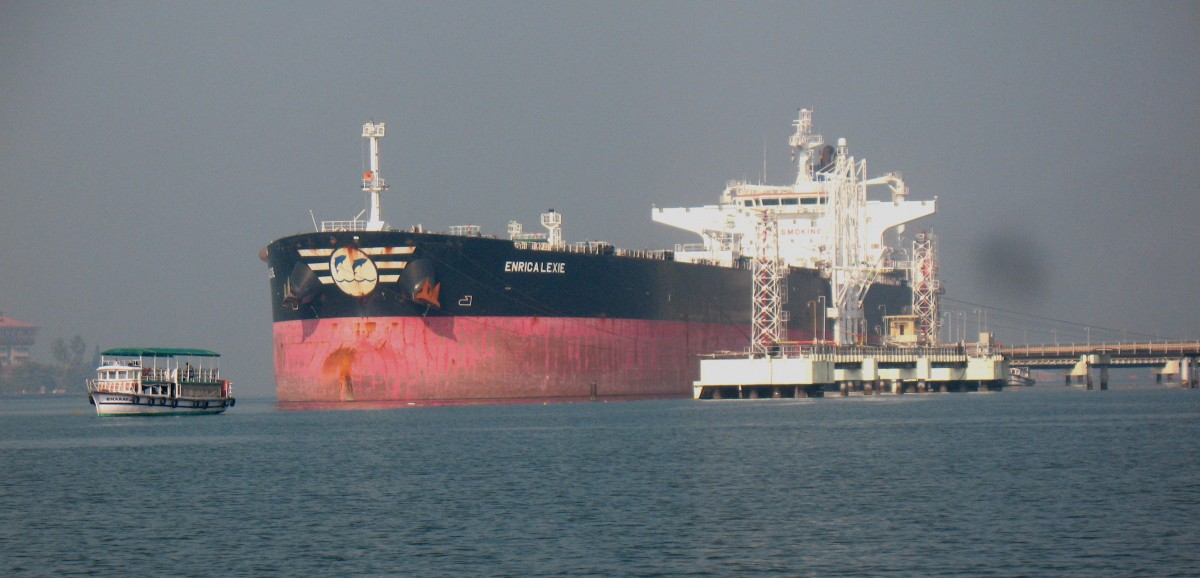
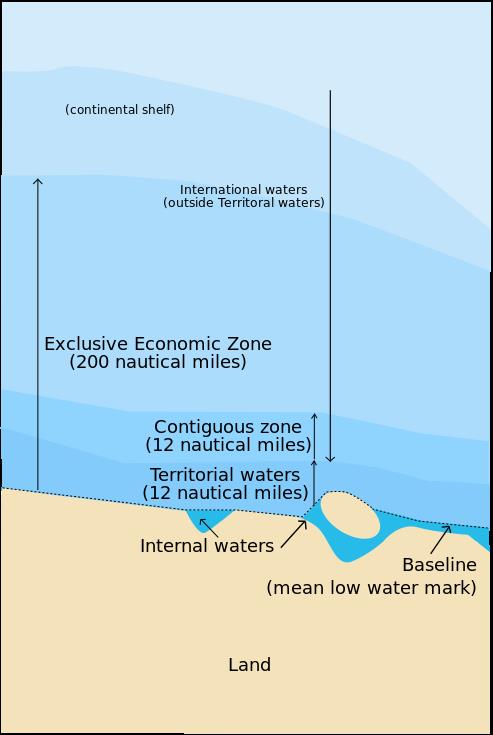









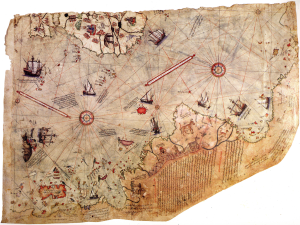
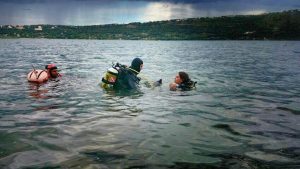











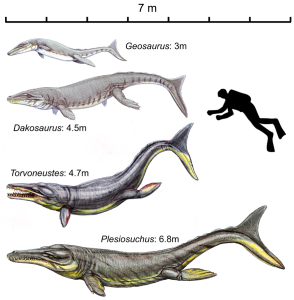

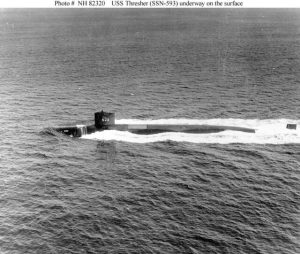



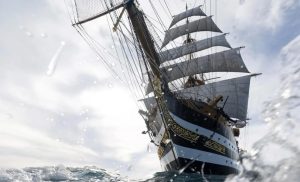






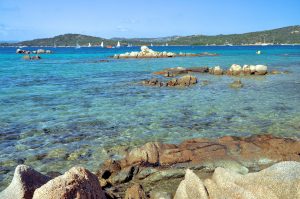
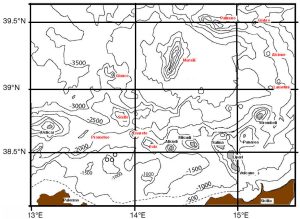


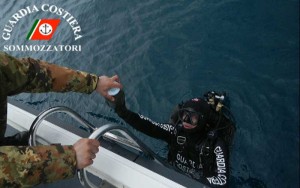


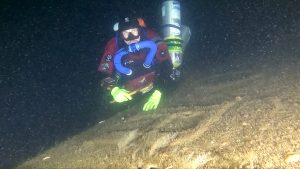

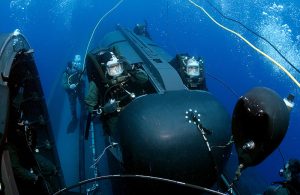





Please, feel free to leave a comment. I just kindly ask you a favour: possibly provide the rationales for your criticisms and observations, especially if regulations, rules, laws, etc. are discussed. Very many thanks.